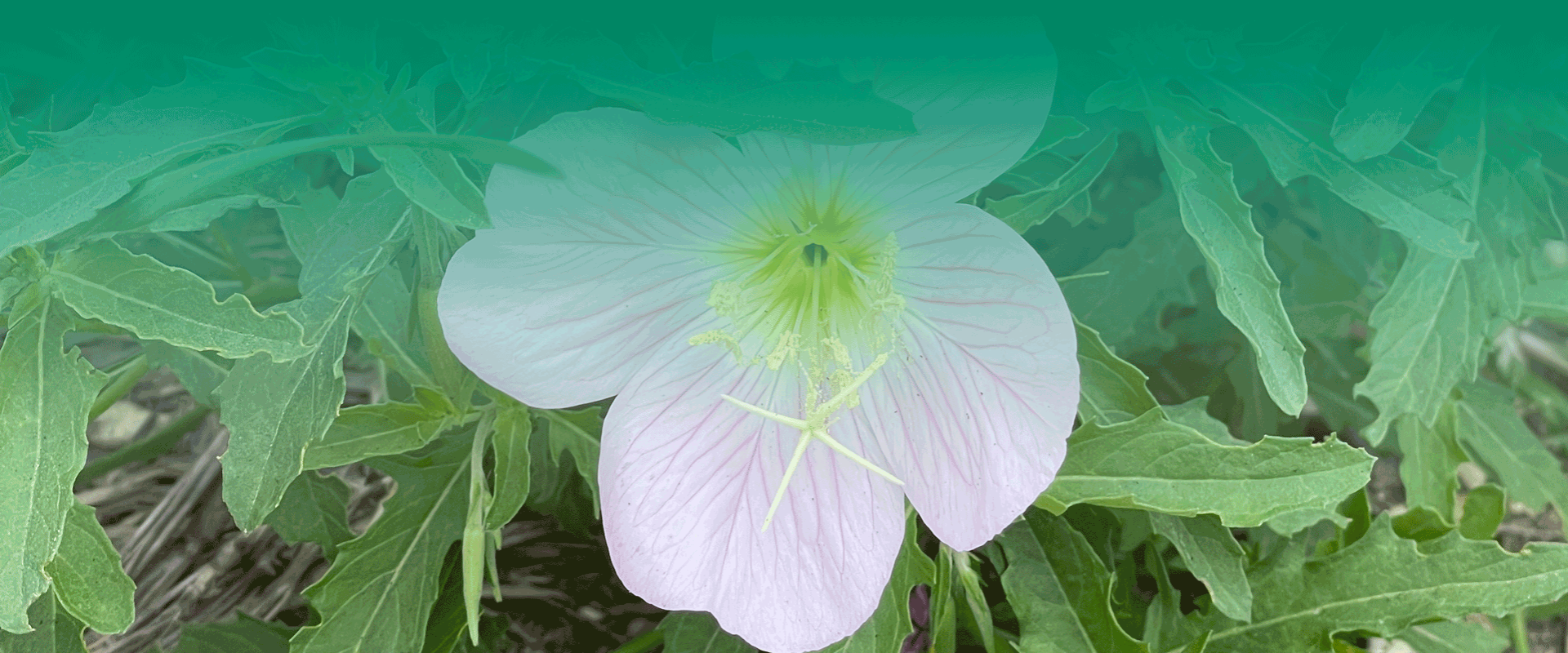Rosemary is a fragrant evergreen herb that belongs to the mint family. It has thin, needle-like leaves that are usually dark green in color, although some varieties may have gray-green or blue-green leaves. The leaves are about 1-2 inches long and have a strong, aromatic scent.
Rosemary plants typically grow to be about 2-4 feet tall and wide, although some varieties can grow taller or wider. The plant produces small, blue or purple flowers in the spring and summer.
Rosemary is native to the Mediterranean region, but it is now widely cultivated throughout the world for its culinary and medicinal uses. It has a pungent, slightly bitter flavor that pairs well with a variety of dishes, particularly those made with meats, vegetables, and breads.
In addition to its culinary uses, rosemary has also been used traditionally for medicinal purposes to treat a variety of ailments, including digestive issues, headaches, and arthritis. Its essential oil is also used in aromatherapy to promote relaxation and reduce stress.

One of the most notable benefits of rosemary is its high content of antioxidants, particularly rosmarinic acid, carnosic acid, and carnosol. These compounds have been shown to have neuroprotective effects and may help improve cognitive function. Rosemary extract supplementation may improve cognitive performance in healthy adults*.
In addition to its cognitive benefits, rosemary has been shown to have potential anti-inflammatory and antimicrobial effects. Rosemary essential oil has antimicrobial effects against several types of bacteria, including E. coli and Salmonella*.

Rosemary is a hardy evergreen herb that is relatively easy to grow as long as you provide it with the right growing conditions. It needs at least six hours of direct sunlight each day. Make sure to plant it in a spot that receives full sun.
As for soil, rosemary prefers well-drained, sandy soil with a pH between 6.0 and 7.0. If your soil is heavy or clay-like, you may need to amend it with sand or organic matter to improve drainage. It is drought-tolerant and prefers to dry out between waterings. Water deeply but infrequently, allowing the soil to dry out completely before watering again.
Rosemary is a Mediterranean herb and prefers warm temperatures. It can tolerate some cold, but it may not survive severe freezes. It doesn’t need a lot of fertilizer. If you do fertilize, use a balanced, organic fertilizer and apply it sparingly. Once the plant is established, regular pruning will help keep your rosemary plant healthy and bushy. Prune in the spring and summer, but avoid pruning in the fall and winter as this can encourage new growth that may be damaged by frost.

There are many different varieties of rosemary, each with its unique characteristics. Here are some of the most popular varieties of rosemary:
- Tuscan Blue Rosemary: This variety has long, straight, blue-green leaves and is known for its strong flavor and aroma.
- Arp Rosemary: This variety is hardy and can tolerate colder temperatures than most other varieties. It has gray-green leaves and a mild flavor.
- Barbeque Rosemary: This variety has a strong, smoky flavor that is perfect for grilling and barbecuing.
- Blue Boy Rosemary: This is a compact variety of rosemary with small, narrow leaves and a strong flavor.
- Miss Jessup’s Upright Rosemary: This variety has upright growth and is known for its intense aroma and flavor.
- Salem Rosemary: This variety has dark green, narrow leaves and is known for its strong, spicy flavor.
- Spice Island Rosemary: This variety has a bushy growth habit and is known for its intense flavor and aroma.
- Majorca Pink Rosemary: This variety has pink flowers and is known for its sweet fragrance and mild flavor.

*It’s important to note that while there is some evidence to support these potential health benefits, more research is needed to fully understand the effects of rosemary on human health. Additionally, if you are considering using rosemary for medicinal purposes, it’s important to talk to your healthcare provider to determine if it’s safe and appropriate for you.


